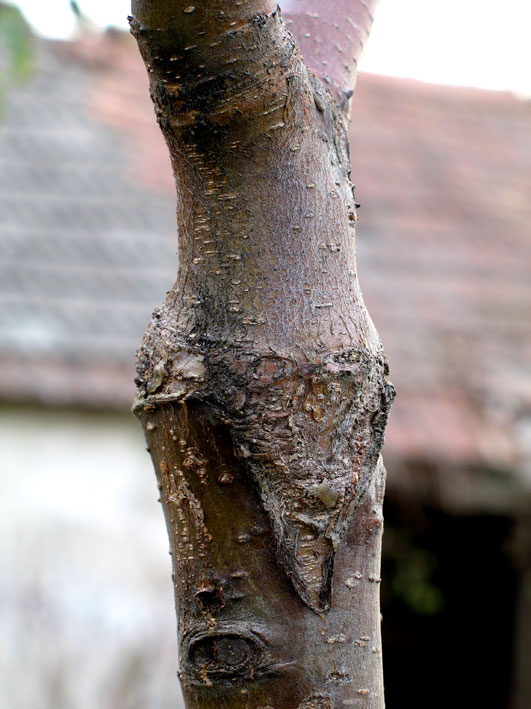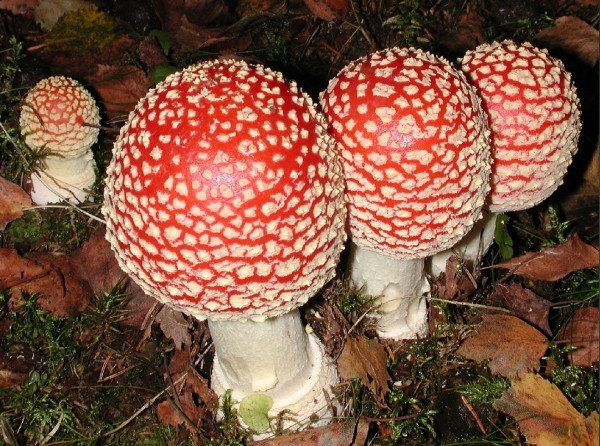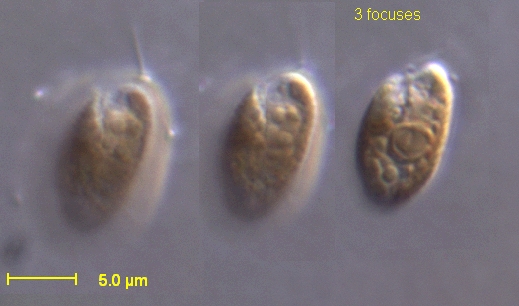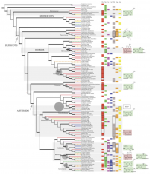acespicoli
Well-known member
Evolution of the dominant diploid phase
It has been proposed that the basis for the emergence of the diploid phase of the life cycle (sporophyte) as the dominant phase (e.g. as in vascular plants) is that diploidy allows masking of the expression of deleterious mutations through genetic complementation.[30][31] Thus if one of the parental genomes in the diploid cells contained mutations leading to defects in one or more gene products, these deficiencies could be compensated for by the other parental genome (which nevertheless may have its own defects in other genes). As the diploid phase was becoming predominant, the masking effect likely allowed genome size, and hence information content, to increase without the constraint of having to improve accuracy of DNA replication. The opportunity to increase information content at low cost was advantageous because it permitted new adaptations to be encoded. This view has been challenged, with evidence showing that selection is no more effective in the haploid than in the diploid phases of the lifecycle of mosses and angiosperms.[32]-

Angiosperm life cycle -

Tip of tulip stamen showing pollen (microgametophytes) -

Plant ovules (megagametophytes): gymnosperm ovule on left, angiosperm ovule (inside ovary) on right -

Double fertilization









 Degeneration - IN GENETICS, a recklessly used term, along with
Degeneration - IN GENETICS, a recklessly used term, along with 
